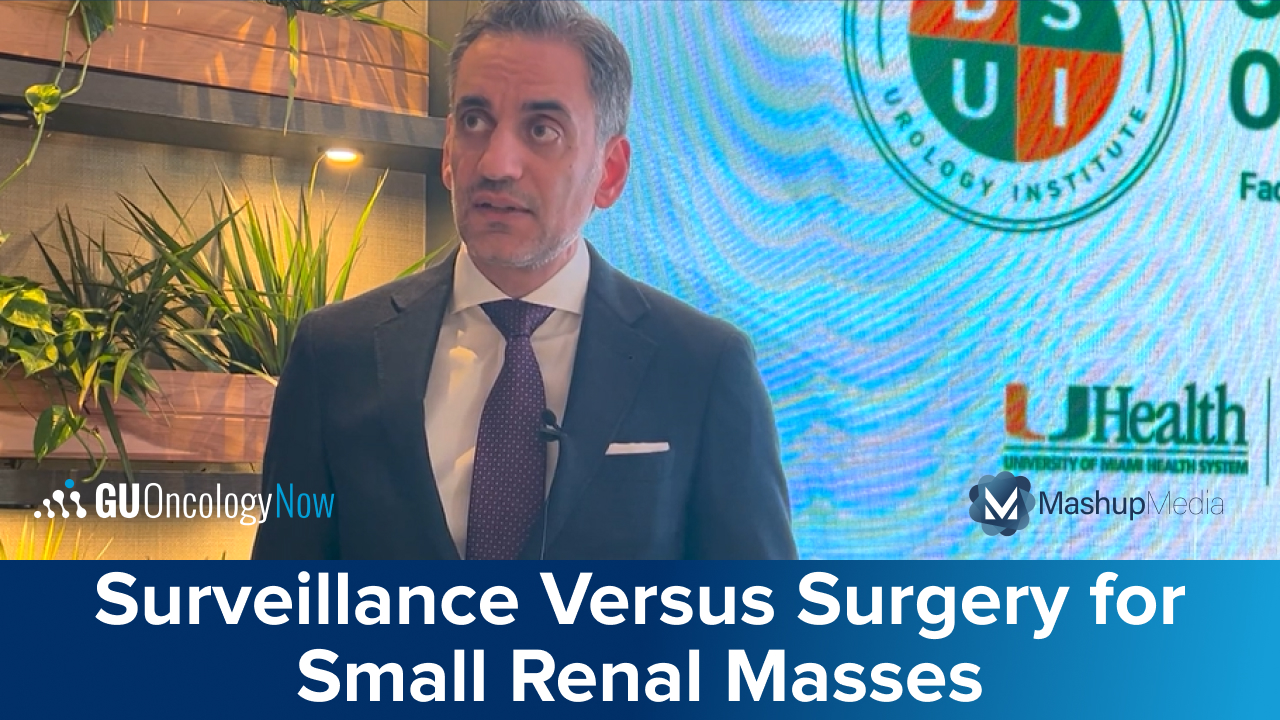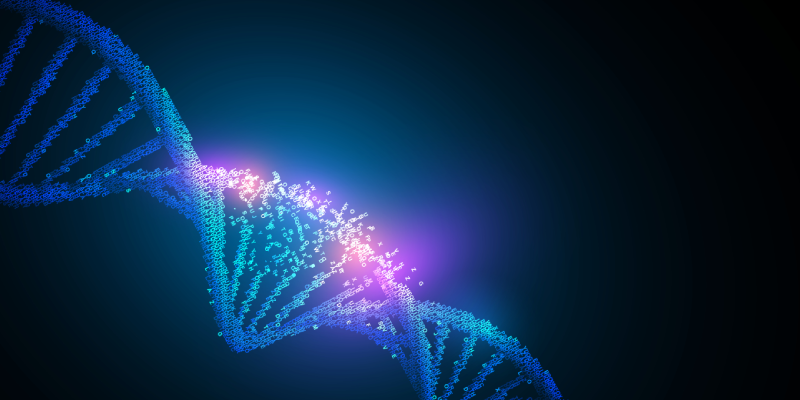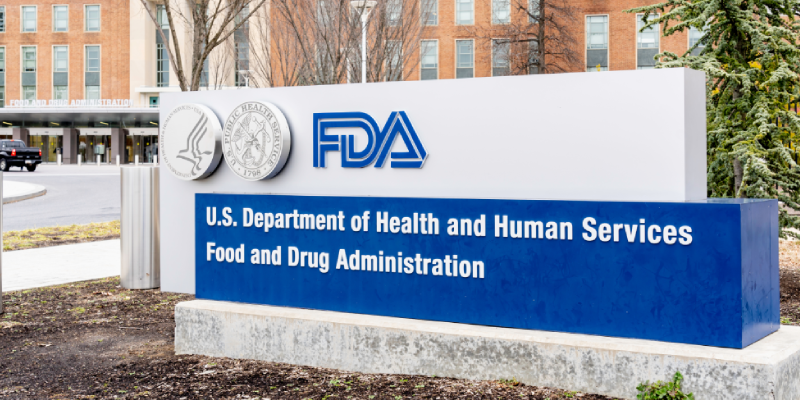ACSS2 Inhibition as a Therapeutic Strategy in ccRCC: Impacts on HIF-2α, Metabolism, and Tumor Growth
By Jeffrey Rathmell, PhD, Zachary Bacigalupa, PhD, Katy Beckermann, MD, PhD - Last Updated: October 15, 2024Drs. Beckermann, Rathmell, and Bacigalupa continue their discussion on the therapeutic potential of inhibiting ACSS2 including how blocking ACSS2 may affect immune cells in the tumor microenvironment.
Find their previous comments here.
0:00 Targeting of ACSS2
3:11 Immune Cell Population
4:49 Future Experiments
6:00 Targeting Metabolism
9:29 Conclusion
–
Dr. Beckermann: Jeff, having worked on this project together for so many years, could you help put it into context for us? With the recent FDA approval of belzutifan, a HIF-2 targeting agent, at the end of last year (2023), and its introduction into clinical use, understanding the pathophysiology of HIF-2 signaling is crucial. What other vulnerabilities or “Achilles’ heels” of HIF-2 signaling might there be? Do you foresee targeting ACSS2 in combination with HIF-2 inhibitors, or as a mechanism of resistance? Do you think this could ultimately lead to new drug developments and improvements in patient care in the future?
Dr. Rathmell: Yes, I could see it being useful either in combination with belzutifan or as a mechanism to address resistance. Since ACSS2 targets a different mechanism than belzutifan, I would expect that they could work together to provide a stronger response. It could be a valuable addition to belzutifan therapy.
Another important aspect of why ACSS2 is an intriguing target is its role in the production of acetyl-CoA. The mechanism involves how acetyl-CoA modifies proteins, including histones and chromatin, which affects gene expression. It also potentially impacts the regulation of proteins like HIF-2 itself and its stability. While there are multiple pathways to produce acetyl-CoA, the options are limited—about three or four key mechanisms. Different cells may have varying dependencies on these pathways, which could influence how effective targeting ACSS2 might be.
It’s possible that kidney cancer cells are more dependent on this pathway for some reason, which could indicate metabolic selectivity. Zach did a really nice job showing that knocking down or inhibiting this enzyme results in significant anti-tumor effects in pre-clinical and in vitro models. It appears that kidney cancer cells may rely heavily on this specific pathway.
It could be that, while we need to consider potential toxicity profiles, there might be enough redundancy in other cells to use alternative pathways, making this a selective vulnerability for kidney cancer cells due to their altered metabolism. This presents a second way to modulate HIF-2. Given the different mechanism, it might be beneficial in an additive approach to existing therapies. Additionally, it could play a role in overcoming resistance.
Dr. Beckermann: I want to highlight something you both mentioned, as it’s an important aspect of your work. You’ve both been involved in understanding kidney cancer, specifically in relation to the tumor microenvironment. This includes not just how it affects the cancer cells, but also how it impacts the immune cells.
Zach, you mentioned that ACSS2 seems to be particularly important in cancer cells. Have you looked at the immune cell populations in RCC tumor samples or in your in vitro systems to understand how blocking ACSS2 might affect the immune cells?
Dr. Bacigalupa: We didn’t include this in the current publication, but I do have some preliminary data suggesting that treating with the same small molecule did not have any negative effects on immune cells. In fact, there were some potentially beneficial effects, but we would need to investigate this further to confirm and understand these findings.
There is also some literature from Erika Pierce’s group, where they investigated acetate metabolism’s effects on cytotoxic CD8 cells. They found that the buildup of acetate appeared to be beneficial, with these cells utilizing it to enhance their function. This suggests that there is indeed a selection or sensitivity to this specific metabolic pathway. The reason for this sensitivity is still an interesting question we don’t fully understand at the moment, but it likely involves other forms of epigenetic regulation or related mechanisms.
Dr. Beckermann: And Zach, where do you feel like this project might go next for you? Are you going to continue working on this, or future experiments?
Dr. Bacigalupa: Yes, I think it’s definitely worth continuing to investigate and dig a little deeper. It would be really beneficial to take this system into an immune-competent syngeneic mouse model to better emulate what’s happening in patients.
We could also explore organoids to see how they respond from our patient pool and how different cell types react. Those analyses would be crucial for advancing this research. We did examine two co-cultures of patient cancer cells from individuals here at Vanderbilt, and they responded differently compared to normal adjacent cells. It would be valuable to further parse out how these different cells respond to inhibiting acetate metabolism and refine how this could be developed into a therapeutic agent moving forward.
Dr. Beckermann: That’s exciting. Jeff, I’d like to end with one last question for you. In cancer research, we’ve tried targeting various metabolic pathways. A well-known example is IDO inhibition, and more recently, there’s been a lot of excitement around adenosine targeting, particularly in GU and kidney cancers. When targeting metabolism in such a complex tumor microenvironment, what are some key considerations for identifying a good target? Specifically, how do you approach selecting a pathway that is vulnerable in cancer cells while potentially benefiting other immune cells within the microenvironment?
Dr. Rathmell: Yes, it’s a tough challenge. Cancer metabolism research has identified many targets, but issues often arise due to metabolic plasticity, where cells can switch and adapt their pathways. Additionally, treating with a drug that blocks a metabolic pathway may not always lead to cell death; sometimes, cells enter a state of stasis instead. So, it remains to be seen how ACSS2 will fit into this context.
It’s interesting that there are three or four pathways to produce cytosolic acetyl-CoA, which is the product of ACSS2. There does seem to be a metabolic vulnerability in kidney cancer cells. We’ll need to investigate this further in animal models and eventually in patients to determine how robust this vulnerability is. Given the effects on HIF-2, and the importance of HIF-2 as highlighted by belzutifan and other genetic analyses, this target might be somewhat unique. Unlike targets at the top of a metabolic pathway with many potential bypass routes, ACSS2 is directly involved in producing a product that has a significant impact. If kidney cancer cells are unable to efficiently produce acetyl-CoA through alternative pathways, this could represent a specific vulnerability. We’ll need to see how much flexibility in metabolism affects this target.
There are already drugs available for some of these other pathways, particularly ATP citrate lyase. It’s possible that combining an ACSS2 inhibitor with an ATP citrate lyase inhibitor could have a synergistic effect. While other cells can produce acetyl-CoA through different mechanisms, targeting both pathways might enhance the impact. The next steps will be to determine how well cancer cells can evade this targeting and assess their metabolic flexibility. So far, Zach’s data suggests that flexibility might be somewhat limited. Additionally, it will be important to evaluate the effects on other cells, particularly immune cells, and other components of the tumor microenvironment.
Dr. Beckermann: I want to congratulate both of you on this great work. It’s wonderful that it’s been published in JCI, and I’m thrilled we had the opportunity to discuss it today. Thank you to our audience for joining us here at GU Oncology Now. I hope everyone has a wonderful day.
Dr. Rathmell: Thank you.
Dr. Bacigalupa: Thank you very much.







 © 2025 Mashup Media, LLC, a Formedics Property. All Rights Reserved.
© 2025 Mashup Media, LLC, a Formedics Property. All Rights Reserved.